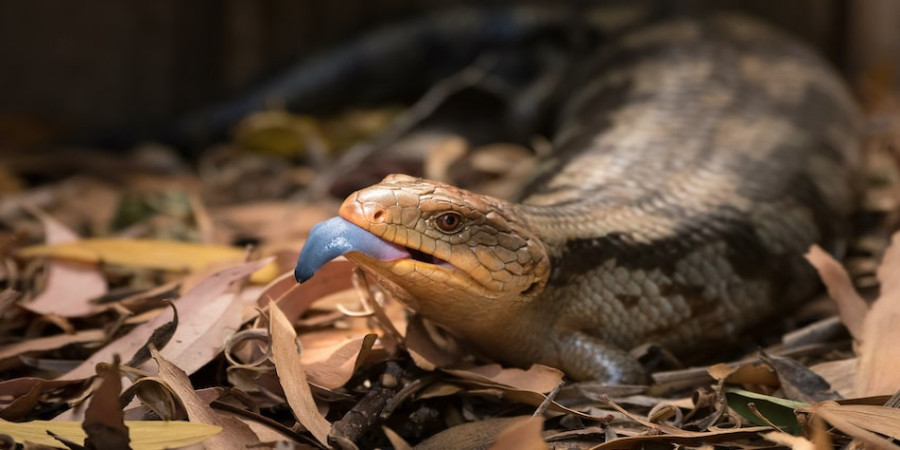

Monitor Lizards vs. Cobras: Unraveling the Myth of Venom Immunity
Fierce battles between monitor lizards and venomous cobras offer compelling spectacles in nature. Folklore often paints monitor lizards as immune to cobra venom, making them seemingly invincible predators. However, the reality of this relationship is more complex, requiring a closer look at the science behind snake venom and lizard resilience.
How Snake Venom Works
To understand the interaction between lizards and venom, we must first grasp how venom works. Venoms are complex mixtures of toxins:
- Neurotoxins: These target the nervous system, causing paralysis, breathing difficulties, and potentially death.
- Hemotoxins: These toxins attack the circulatory system, disrupting blood clotting, and causing internal bleeding.
Monitor Lizard Adaptations
Monitor lizards, while not completely immune to snake venom, do possess some notable adaptations that enhance their chances of survival:
- Thick, Scaly Skin: Their tough scales provide a degree of protection against snake fangs, reducing venom exposure.
- Resistance to Certain Toxins: Research suggests monitor lizards may have partial resistance to specific venom components, especially neurotoxins.
- Behavioral Tactics: These lizards use their agility and strength to evade bites and wear down snakes in lengthy battles.
The Importance of Context
Several factors influence the outcome of a monitor lizard-cobra encounter:
- Snake Species: Different cobras produce varying venom compositions with varying potencies.
- Lizard Size: A larger lizard can better withstand venom and inflict more damage on the snake.
- Bite Location: A bite to a less protected area increases the volume of venom delivered.
References
- https://animals.mom.com/predators-spitting-cobras-5438.html
- Lizard vs snake: Venom showdown - Cosmos Magazine: https://cosmosmagazine.com/nature/lizard-vs-snake-venom-showdown/
- https://phys.org/news/2024-03-lizards-venomous-snakes.html
Conclusion
While monitor lizards demonstrate impressive resilience against snake venom, the notion of complete immunity is oversimplified. Their survival depends on a combination of physical adaptations, partial resistance, and clever combat strategies. Understanding the nuances of this predator-prey relationship underscores the remarkable complexities found in the natural world.
Popular articles

Apr 11, 2024 07:40 PM

May 25, 2024 08:09 PM

Apr 11, 2024 07:22 PM

Apr 10, 2024 07:59 PM

Mar 14, 2024 07:53 PM
Comments (0)